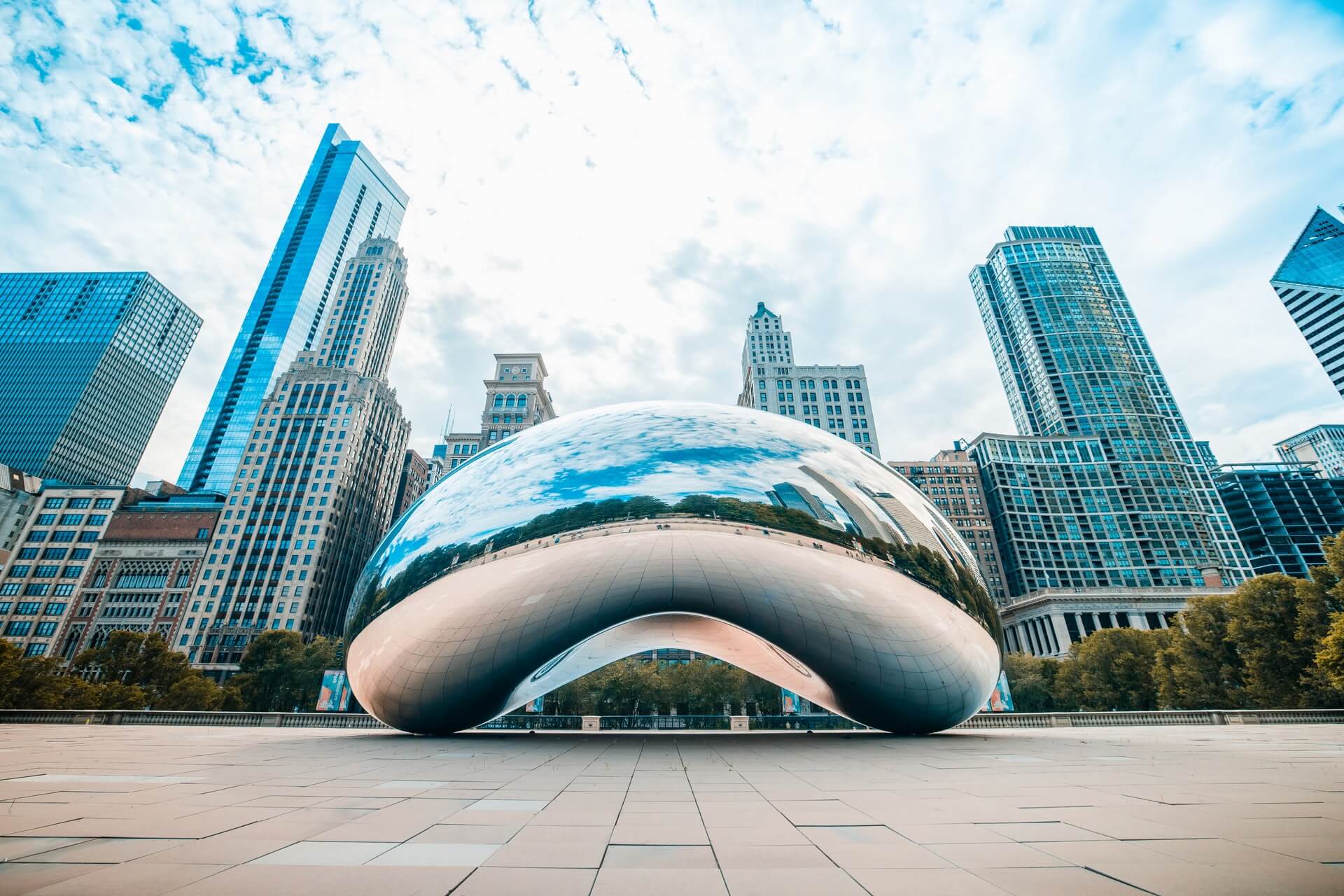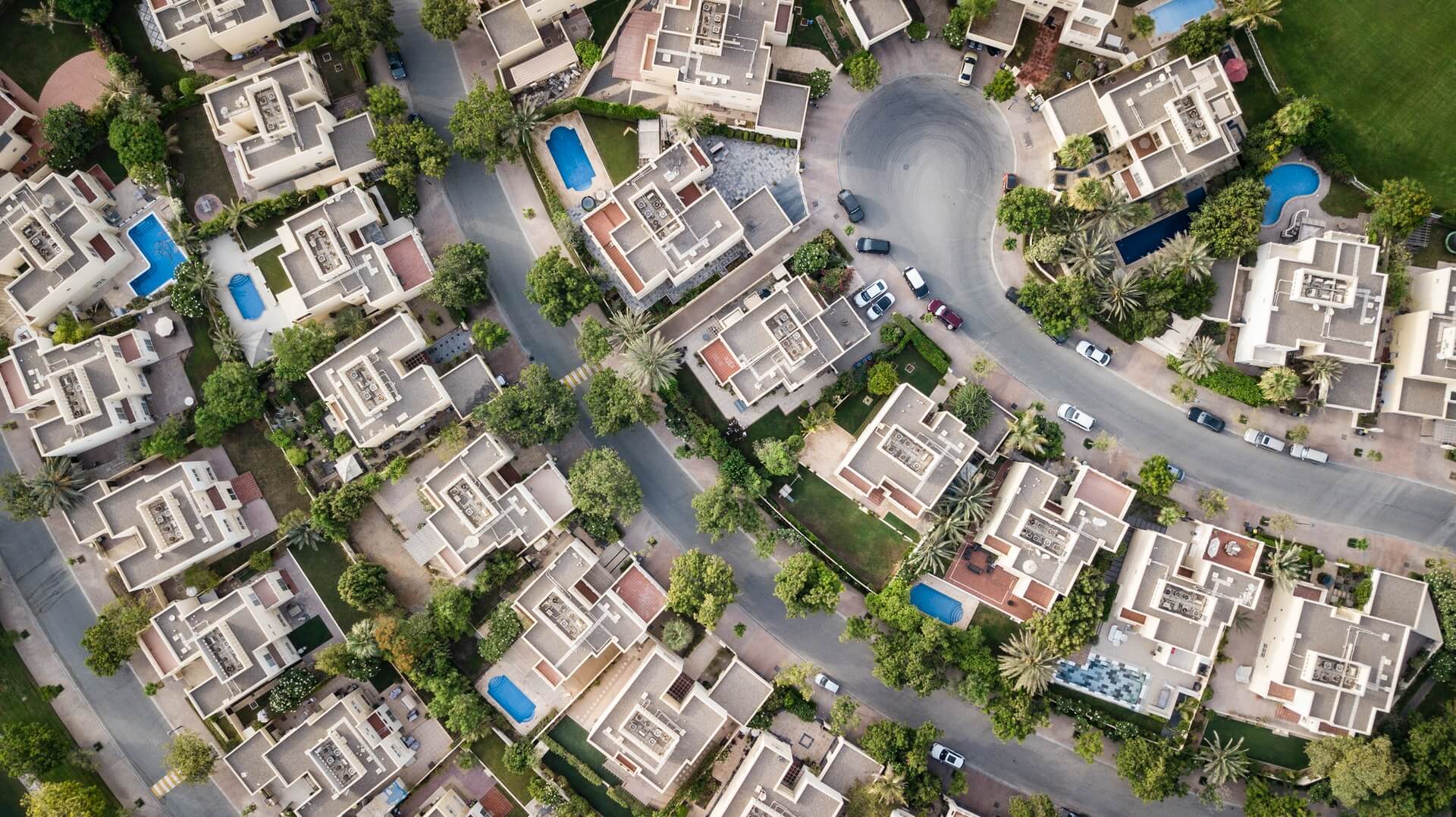These are the Most-stressed Cities in the US
by David Klemt

There’s a simple argument to be made that one characteristic the happiest cities share is being among the least stressful to live.
Yesterday we took a look at the happiest cities in the US, according to WalletHub analysis. Click here in case you haven’t yet read that article.
Today, let’s check out the most- and least-stressed cities in America. As with their happiest and least-happy cities list, WalletHub ranks 182 cities based on stress levels.
Of course, “least stressed” doesn’t mean “stress-free.” Nor should it—some stress is good for us. After all, stress can push us to perform our best, bring out our problem-solving creativity, and even energize us.
The rankings below may surprise you. Like me, you may even find yourself raising an eyebrow and disagreeing with some of them.
However, it’s a compelling list worth reviewing if you’re an operator, leadership team member, hospitality professional, or in the site-selection portion of opening a restaurant or bar.
The Top 25 Cities of Stress
When determining their results, WalletHub ranked 182 cities according to four main categories. Those categories are: work stress; financial stress; family stress; and health and safety stress. The categories consist of 40 key metrics in total.
I think it’s safe to assume that no city wants to be in the top 25 of this list, or even the top 50. Neither, I’m certain, does any city want to wear the crown of “Most Stressed US City.”
Unfortunately, someone must be number one. Below, the top 25 “Cities of Stress,” per WalletHub:
- Cleveland, Ohio
- Detroit, Michigan
- Gulfport, Mississippi
- Baltimore, Maryland
- Philadelphia, Pennsylvania
- Memphis, Tennessee
- New Orleans, Louisiana
- Birmingham, Alabama
- Louis, Missouri
- Toledo, Ohio
- Augusta, Georgia
- Jackson, Mississippi
- North Las Vegas, Nevada
- San Bernadino, California
- Fayetteville, North Carolina
- Akron, Ohio
- Wilmington, Delaware
- Houston, Texas
- Montgomery, Alabama
- Shreveport, Louisiana
- Cincinnati, Ohio
- Newark, New Jersey
- Mobile, Alabama
- Columbus, Georgia
- Indianapolis, Indiana
Alas (I don’t get to use this word much), Ohio has four cities on this list. In fact, the Buckeye State has two cities in the top ten.
Of course, Ohio isn’t the only state with multiple cities in the top 25 stressed cities. Alabama has three cities among the top 25. Also, Mississippi and Louisiana each have two cities on this part of the list, unfortunately.
Cities 26 Through 91
As you’ll see below, Ohio shows up a couple of times in this portion of the list. However, so do a handful of other states.
For example, ten Texas cities land on this part of the list. That means Texas has 11 cities among the “top” half of the most-stressed US cities.
- Baton Rouge, Louisiana
- Las Vegas, Nevada
- Huntington, West Virginia
- Springfield, Missouri
- Dover, Delaware
- Norfolk, Virginia
- Milwaukee, Wisconsin
- Chicago, IL
- Newport News, Virginia
- Washington, DC
- Dallas, Texas
- Richmond, Virginia
- Tulsa, Oklahoma
- Chattanooga, Tennessee
- Bridgeport, Connecticut
- San Antonia, Texas
- Atlanta, Georgia
- Glendale, Arizona
- New York, New York
- Tucson, Arizona
- Columbia, South Carolina
- Columbus, Ohio
- Knoxville, Tennessee
- New Haven, Connecticut
- Brownsville, Texas
- Rochester, New York
- Casper, Wyoming
- Vancouver, Washington
- Oklahoma City, Oklahoma
- Jacksonville, Florida
- Corpus Christi, Texas
- Charleston, West Virginia
- Henderson, Nevada
- Phoenix, Arizona
- Modesto, California
- Wichita, Kansas
- Winston-Salem, North Carolina
- Little Rock, Arkansas
- Moreno Valley, California
- Louisville, Kentucky
- Stockton, California
- Spokane, Washington
- Fresno, California
- Miami, Florida
- Kansas City, Missouri
- El Paso, Texas
- Salem, Oregon
- Hialeah, Hawaii
- Los Angeles, California
- Fort Smith, Arizona
- Fort Worth, Texas
- Denver, Colorado
- Arlington, Texas
- Buffalo, New York
- Greensboro, North Carolina
- Bakersfield, California
- Fort Wayne, Indiana
- Providence, Rhode Island
- Tacoma, Washington
- Port St. Lucie, Florida
- Lewiston, Maine
- Laredo, Texas
- Cape Coral, Florida
- Grand Prairie, Texas
- Garland, Texas
- Aurora, Colorado
Cities 92 Through 137
This is where things begin to turn around, at least mathematically. This is the “bottom” half of the list.
Or, to phrase it another way, this section starts identifying the least-stressed cities in America.
- Portland, Oregon
- Ontario, California
- Lubbock, Texas
- Reno, Nevada
- Huntsville, Alabama
- Sacramento, California
- Amarillo, Texas
- Albuquerque, New Mexico
- Tampa, Florida
- Long Beach, California
- Colorado Springs, Colorado
- Fontana, California
- Tallahassee, Florida
- Las Cruces, New Mexico
- Worchester, Massachusetts
- Orlando, Florida
- West Valley City, Utah
- Fort Lauderdale, Florida
- Peoria, Arizona
- Riverside, California
- Mesa, Arizona
- Nashville, Tennessee
- Des Moines, Iowa
- Nampa, Idaho
- Tempe, Arizona
- Irving, Texas
- Oakland, California
- Grand Rapids, Michigan
- Charlotte, North Carolina
- Rancho Cucamonga, California
- Boston, Massachusetts
- Pittsburgh, Pennsylvania
- Honolulu, Hawaii
- Oceanside, California
- Pearl City, Hawaii
- Anchorage, Alaska
- Warwick, Rhode Island
- Virginia Beach, Virginia
- Cheyenne, Wyoming
- Petersburg, Florida
- Chesapeake, Virginia
- Billings, Montana
- Lexington-Fayette, Kentucky
- Durham, North Carolina
- Santa Ana, California
- Jersey City, New Jersey
Cities 138 through 182
Finally, we reach what cities, according to WalletHub analysis, experience the least amount of stress.
- Salt Lake City, Utah
- Aurora, Illinois
- Santa Clarita, California
- Glendale, California
- Manchester, New Hampshire
- Paul, Minnesota
- Garden Grove, California
- Pembroke Pines, Florida
- Yonkers, New York
- Chandler, Arizona
- Oxnard, California
- Juneau, Alaska
- Anaheim, California
- Santa Rosa, California
- Chula Vista, California
- Charleston, South Carolina
- Raleigh, North Carolina
- San Francisco, California
- Huntington Beach, California
- Omaha, Nebraska
- San Diego, California
- Gilbert, Arizona
- Scottsdale, Arizona
- Rapid City, South Dakota
- Austin, Texas
- Seattle, Washington
- Minneapolis, Minnesota
- Missoula, Montana
- Boise, Idaho
- Nashua, New Hampshire
- Plano, Texas
- Cedar Rapids, Iowa
- Lincoln, Nebraska
- Portland, Maine
- Irvine, California
- Burlington, Vermont
- Sioux Falls, South Dakota
- Bismarck, North Dakota
- San Jose, California
- Columbia, Maryland
- Fargo, North Dakota
- Overland Park, Kansas
- Madison, Wisconsin
- South Burlington, Vermont
- Fremont, California
Twelve of the cities on this part of the list are in California. Further, the least-stressed city in California: Fremont. If you read yesterday’s article, you know that WalletHub ranked Fremont, California, the happiest city in the US.
Image: Nathan Dumlao on Unsplash




